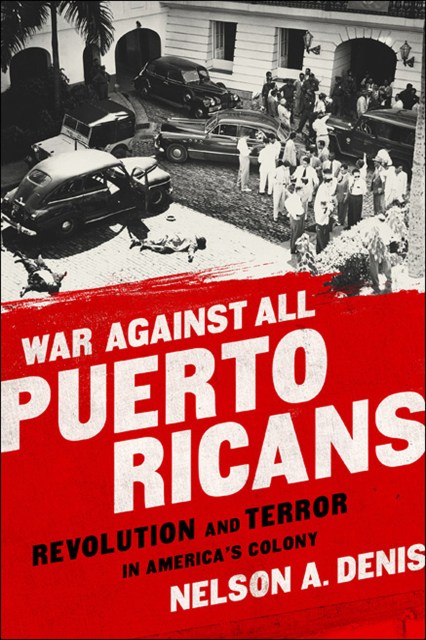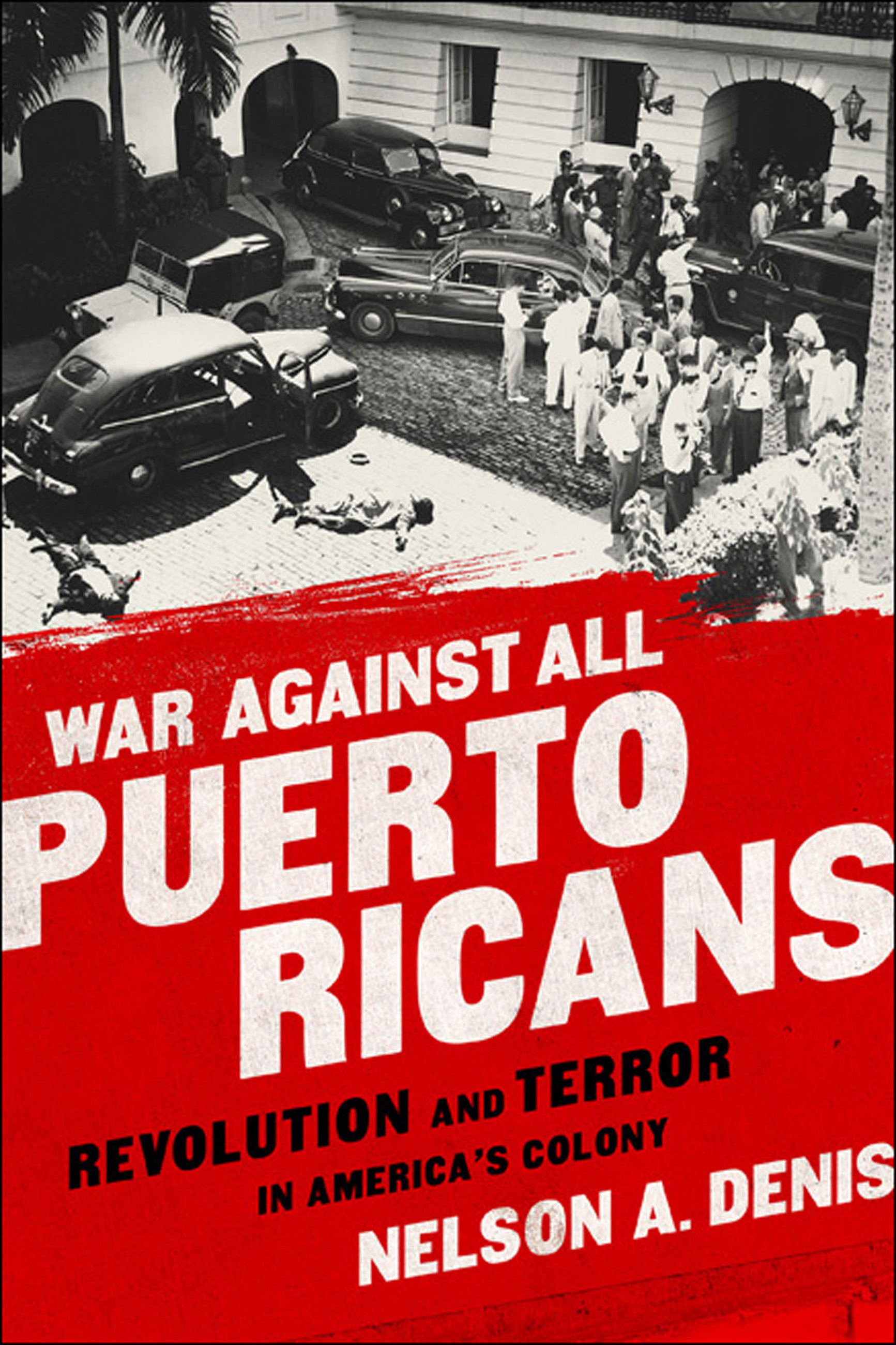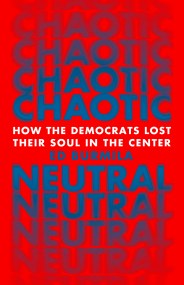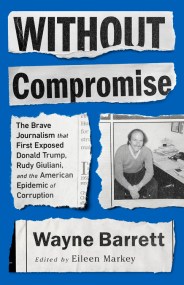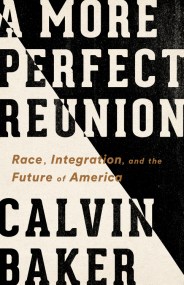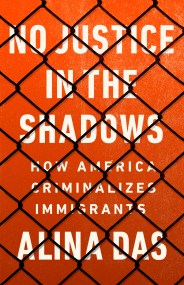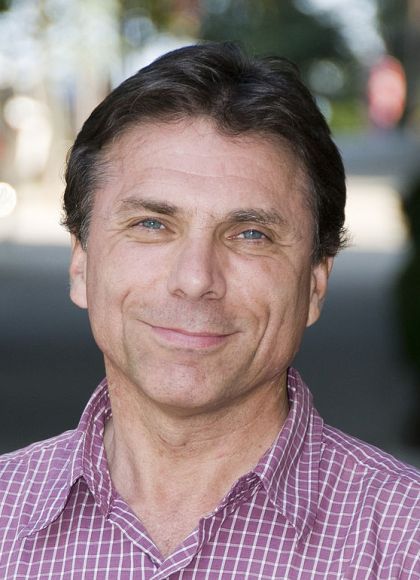Promotion
Use code MOM24 for 20% off site wide + free shipping over $45
War Against All Puerto Ricans
Revolution and Terror in America's Colony
Contributors
Formats and Prices
Price
$11.99Price
$14.99 CADFormat
Format:
This item is a preorder. Your payment method will be charged immediately, and the product is expected to ship on or around April 7, 2015. This date is subject to change due to shipping delays beyond our control.
Also available from:
Nelson A. Denis tells this powerful story through the controversial life of Pedro Albizu Campos, who served as the president of the Nationalist Party. A lawyer, chemical engineer, and the first Puerto Rican to graduate from Harvard Law School, Albizu Campos was imprisoned for twenty-five years and died under mysterious circumstances. By tracing his life and death, Denis shows how the journey of Albizu Campos is part of a larger story of Puerto Rico and US colonialism.
Through oral histories, personal interviews, eyewitness accounts, congressional testimony, and recently declassified FBI files, War Against All Puerto Ricans tells the story of a forgotten revolution and its context in Puerto Rico’s history, from the US invasion in 1898 to the modern-day struggle for self-determination. Denis provides an unflinching account of the gunfights, prison riots, political intrigue, FBI and CIA covert activity, and mass hysteria that accompanied this tumultuous period in Puerto Rican history.
Genre:
-
"A pointed, relentless chronicle of a despicable part of past American foreign policy." —Kirkus Reviews
“A patient, calibrated, fully-researched study of the mendacious, hypocritical way the United States treats its Caribbean colony, castrating its leadership, bombarding its villages, experimenting biologically with its population. Puerto Rico is, in a word, el calabozo. Denis knows the truth first-hand and refuses to sugarcoat it.” —Ilan Stavans, author of Spanglish: The Making of a New American Language
“Sometime in the not-too distant future, we will resolve the relationship between the United States and Puerto Rico. To understand where we are going, we must know our past—both good and bad. War Against All Puerto Ricans fills an important gap in that historical understanding. It is a book that every student of the US–Puerto Rico relationship should read.” —Congressman José Serrano
- On Sale
- Apr 7, 2015
- Page Count
- 400 pages
- Publisher
- Bold Type Books
- ISBN-13
- 9781568585024
Newsletter Signup
By clicking ‘Sign Up,’ I acknowledge that I have read and agree to Hachette Book Group’s Privacy Policy and Terms of Use
